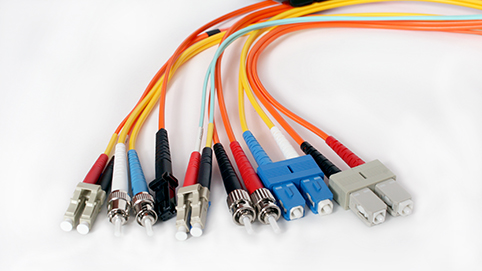Fibre: Understanding Singlemode and Multimode
Fibre optic cables are an increasingly popular choice for transmitting data because they are able to span long distances and provide fast, flexible connectivity. These cables have a core that serves as a “light guide,” allowing light (or data) to be transmitted from one end of the cable to the other.
There are two main types of fibre optic cables: singlemode and multimode. Understanding the differences between these two types of cables can help you choose the right one for your specific needs.
| Feature | Singlemode Cable | Multimode Cable |
|---|---|---|
| Core diameter | 8.3-10.5 µm | 50-100 µm |
| Distance | Long | Short |
| Data rate | High | Lower |
| Wavelength of light | 1310 nm or 1550 nm | 850 nm or 1300 nm |
| Typical application | Long distance telecommunications | Local area networks (LANs) |
Singlemode cables are designed to transmit a single mode of light at a time. These cables have a small core diameter, usually between 8.3 and 10.5 µm, and are designed for long distances. They can transmit data at high speeds, making them a popular choice for telecommunications over long distances.
Multimode cables, on the other hand, are designed to transmit multiple modes of light at the same time. These cables have a larger core diameter, usually between 50 and 100 µm, and are designed for shorter distances. They are often used in local area networks (LANs) and other short-distance applications.
When choosing between singlemode and multimode cables, it’s important to consider the distance you need to transmit data, the data rate you require, and the wavelength of light that is being used. By understanding these differences, you can choose the right type of fibre optic cable for your specific needs.
